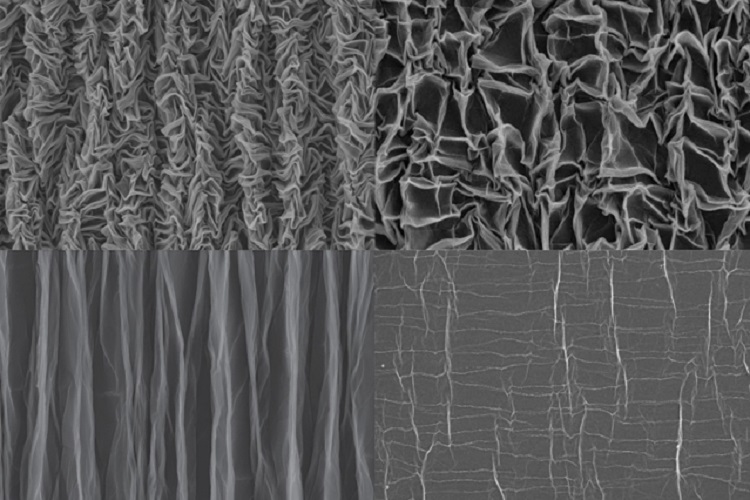The Warwick Manufacturing Group researchers have made a big step towards replacing graphite with silicone in the anodes of lithium-ion batteries.
By adding graphene girders, the scientists managed to overcome performance issues inherent in silicon – the second-most abundant element in the earth’s crust with ten times the gravimetric energy density of graphite – consequently stepping up the battery’s capacity and also prolonging its lifespan by more than double.
In typical lithium-ion batteries, silicon is plagued with capacity fade. Due to its volume expansion upon lithiation, silicon particles can electrochemically agglomerate in ways that impede further charge-discharge efficiency over time.
As silicon is not intrinsically elastic enough to cope with the strain of lithiation when it is repeatedly charged, this can lead to cracking, pulverization and rapid physical degradation of the anode’s composite microstructure.
However, the researchers at the University of Warwick, England, have discovered a new anode mixture, which could be manufactured on an industrial scale and without the need to resort to the nano sizing of silicon and its associated problems.
Separating and manipulating a few connected layers of graphene gave the researchers a few-layer graphene (FLG) material.
Popular content
According to the study, titled Phase-related Impedance Studies on Silicon–Few Layer Graphene (FLG) Composite Electrode Systems and published in Nature Scientific Reports, the FLG material can dramatically improve the performance of larger micron-sized silicon particles when used in an anode.
Therefore, the researchers created anodes that were a mixture of 60% micro silicon particles, 16% FLG, 14% Sodium/Polyacrylic acid, and 10% carbon additives, and then examined the performance (and the changes in structure of the material) over 100 charge-discharge cycles.
Noting that the flakes of FLG increase the resilience and tensile properties of the material, greatly reducing the damage caused by the physical expansion of the silicon during lithiation, Dr Melanie Loveridge, who led the research and is a Senior Research Fellow in WMG at the University of Warwick, said, “More importantly, these FLG flakes can also prove very effective at preserving the degree of separation between the silicon particles. Each battery charge cycle increases the chance that silicon particles become electrochemically welded to each other.
“This increased agglomeration increasingly reduces and restricts the electrolyte access to all the particles in the battery and impedes effective diffusion of lithium ions, which of course degrades the battery’s life and power output. The presence of FLG in the mixture tested by the WMG University of Warwick led researchers to hypothesize that this phenomenon is highly effective in mitigating electrochemical silicon fusion.”
The research team has already begun further work on this achievement part of a two-year project led by Varta Micro-innovations, along with Cambridge University, CIC, Lithops and IIT (Italian Institute of Technology) into pre-industrial production of silicon/graphene composites and processing into lithium-ion batteries for high-energy and high-power applications.
This content is protected by copyright and may not be reused. If you want to cooperate with us and would like to reuse some of our content, please contact: editors@pv-magazine.com.



1 comment
By submitting this form you agree to pv magazine using your data for the purposes of publishing your comment.
Your personal data will only be disclosed or otherwise transmitted to third parties for the purposes of spam filtering or if this is necessary for technical maintenance of the website. Any other transfer to third parties will not take place unless this is justified on the basis of applicable data protection regulations or if pv magazine is legally obliged to do so.
You may revoke this consent at any time with effect for the future, in which case your personal data will be deleted immediately. Otherwise, your data will be deleted if pv magazine has processed your request or the purpose of data storage is fulfilled.
Further information on data privacy can be found in our Data Protection Policy.